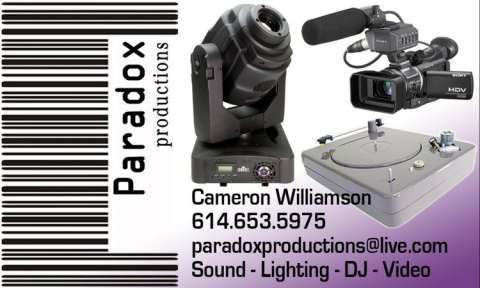 When you are talking about cellphones, small may be the way to go. But when you want great sounding audio “small and convenient” will never beat BIG and scary.
When you are talking about cellphones, small may be the way to go. But when you want great sounding audio “small and convenient” will never beat BIG and scary.
“But I’ve seen companies with these tiny speakers and they sounded great! Why do you need those big speakers anyway?”
Did they? Did they really? It’s not about what you heard, its about what you didn’t hear.
“Say what?”
I’ll get to that in a minute.
When discussing speakers there are a few things to consider quality, efficiency and frequency response. We’ll talk about quality and efficiency another time. Today we’re talking about frequency response.
Without giving you a long boring symposium on sound, and ‘what “hertz” means to you’. I will attempt to explain. Sound travels in waves. Some are big, some are small but all of them are important(in their own special way). The job of a speaker is to reproduce sound waves as accurately as possible at the desired volume. Just as sound waves are large and small, speakers need to be both large and small to reproduce the sound. High sounds are small waves and low sounds are large waves. In turn small speakers are better at producing high sounds and large speakers are better at producing low sounds.
When it comes to music, there are two important parts, let’s call them “information” and “feel”. The information in music is the basic structure of a song, they are generally the easiest to hear. This includes, for the most part, vocals, strings, synth, keyboard, etc. The bulk of music is in the higher sound range. When you hear this components, your brain recognizes that what you are hearing is a piece of music. This is why you can “get by” with small speakers. The problem is, there is still something missing.
The “feel”, the “emotion”, the “groove”. Those things are found in the low frequency range. The kick drum, the bass line, low synth even some vocals fall into the lows, these pieces give music its fullness. If they are missing, there is less of an experience. This is why we still go to movie theaters, even though you can watch a movie at home. The theater is still somehow a grander experience. It’s those BIG speakers(The huge screen helps a little too).
To understand why speakers have to be bigger to get down low, let’s look at it like this. Imagine a drinking glass that is a perfect cylinder. This glass can be a tall as necessary but cannot be wider than your hand. The height of the glass would represent the volume of the sound and the width(circumference) of the glass represents the frequency range. For the glass to be usable, it has to fit in you hand. If you increase the width, at a certain point, you can no longer be able hold the glass, it is beyond your ability. This is what happens when you try to put low sounds through a small speaker, it just can’t do it. So what do you hear?….Silence.
Now let’s assume you have a bucket, again your bucket is a perfect cylinder and as tall as you like. But, you have to be able to get your arms around it. Again, as you increase the width of your bucket, you are sending your sound frequency lower and lower. Just like before, at some point the bucket would get too wide for your arms, but you would have more ability to hold a more (lower) frequency in the bucket(speaker), than you would have in a glass.
So that’s why size matters. Bigger speaker = Lower frequency = Fuller sound = Deeper experience.
Class dimissed.


